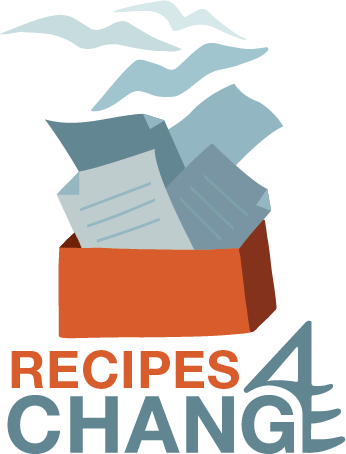Can a simple card game teach you something about your relationships?
During my second module, studying Transactional Analysis at TA Works with Rosemary Napper, I learnt about Strokes. This newly acquired knowledge gave me so much insight into the way we conduct our relationships with others and with ourselves.
My Story With Self-Esteem
“ No way” said the lady incredulously, “She can’t be your daughter!”
“Yes, she is,” insisted my stepmother, looking a bit uncomfortable.
“Then why is she abdeh and you are not?” retorted the lady smugly.
Abdeh is an Arabic word that literally means a slave. It is the word that ignorantly was and perhaps still is sometimes used to mean black.





